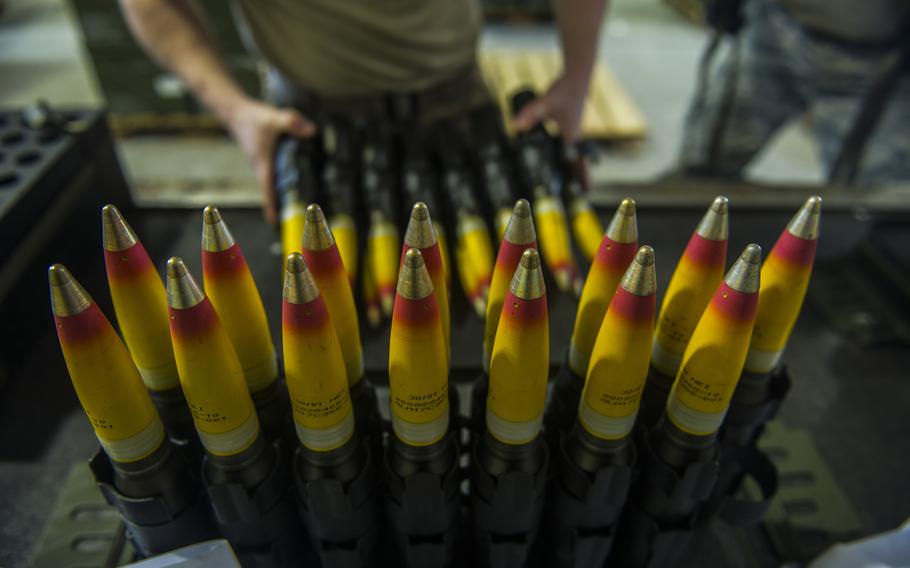What is Depleted Uranium?

One of my friends recently asked me what depleted uranium was. He had heard about it being dangerous and wondered what we used it for.
First, let's assume no chemistry background for a second. If you're familiar with isotopes and atomic mass, this paragraph isn't for you. Skip ahead. I won't be offended. Alright, first let's look at a basic review of the matter. Everything we care about is made of protons, neutrons, and electrons. Uranium has 92 protons, an average of 146 neutrons, and 92 electrons in its ground state. I say "average" with regard to neutrons because there are different types of every element. The number of neutrons in the element determines its isotope. Isotope numbers are given based on the atomic weight of that isotope. The most common isotope of Uranium has a weight of 238 atomic mass units. Thus, we call it U-238.
Depleted uranium comes from two major sources. The main source is waste U-238 from producing enriched uranium. In the enrichment process, naturally occurring uranium is separated by density in centrifuges to separate the fissile U-235 and U-238. U-235 is used in different percentages for nuclear power plants as well as nuclear weaponry. U-238 waste from this process is called depleted uranium. The secondary source for depleted uranium is from the reprocessing of spent nuclear fuel. This will leave transuranic elements from the fission process, however, and is somewhat less desirable.
Knowing that, why do we want depleted uranium? Well, uranium is about 68% more dense than lead. That means it makes an excellent radiation shield despite being slightly radioactive. Since it is more dense, it is possible to use in places where space is a concern such as in aviation applications. Most famously, depleted uranium is used for weaponry.

The military uses depleted uranium for two main reasons: the kinetic impact and its pyrophoric attribute. DU shells can be manufactured to either be much smaller than traditional lead shells which gives a greater aerodynamic advantage or, alternatively, they can be the same size but carry a much larger kinetic impact. Recall that the more aerodynamic an object is, the less susceptible to drag it is. Kinetic energy is equal to one-half of the mass times the square of the velocity. By reducing the size and decreasing the drag, you can achieve higher kinetic energy without as significant of a change in mass since DU is heavier than lead or iron.
The pyrophoric nature of depleted uranium is particularly interesting. Uranium can ignore and burn in the air. When fired at a high velocity, a depleted uranium shell will ignite at the point of impact. This will result in the projectile penetrating through armor much further due to the projectile not flattening but rather partially vaporizing itself (along with the enemy armor). Also, when the projectile does penetrate through the armor, it will vaporize the less sturdy equipment. Needless to say, human beings will be outright killed by the explosion.
At this point, we've covered what depleted uranium is, where it comes from, what we use it for, and what the military uses it for. The last topic to cover is how dangerous it is. Many people are surprised to learn that the most dangerous part of depleted uranium is not the fact that it is radioactive. On the contrary, it is generally only mildly radioactive. The most dangerous aspect of it is the fact that it is a heavy metal and very toxic. Heavy metal poisoning is extremely dangerous and carries a poor chance of recovery. DU corrodes and will break down over time. The depleted uranium powder that results is water soluble and will be readily absorbed by humans. This leads to bio-accumulation and long-term health effects. For further reading on this topic, check out the Gulf War Syndrome.





Member discussion